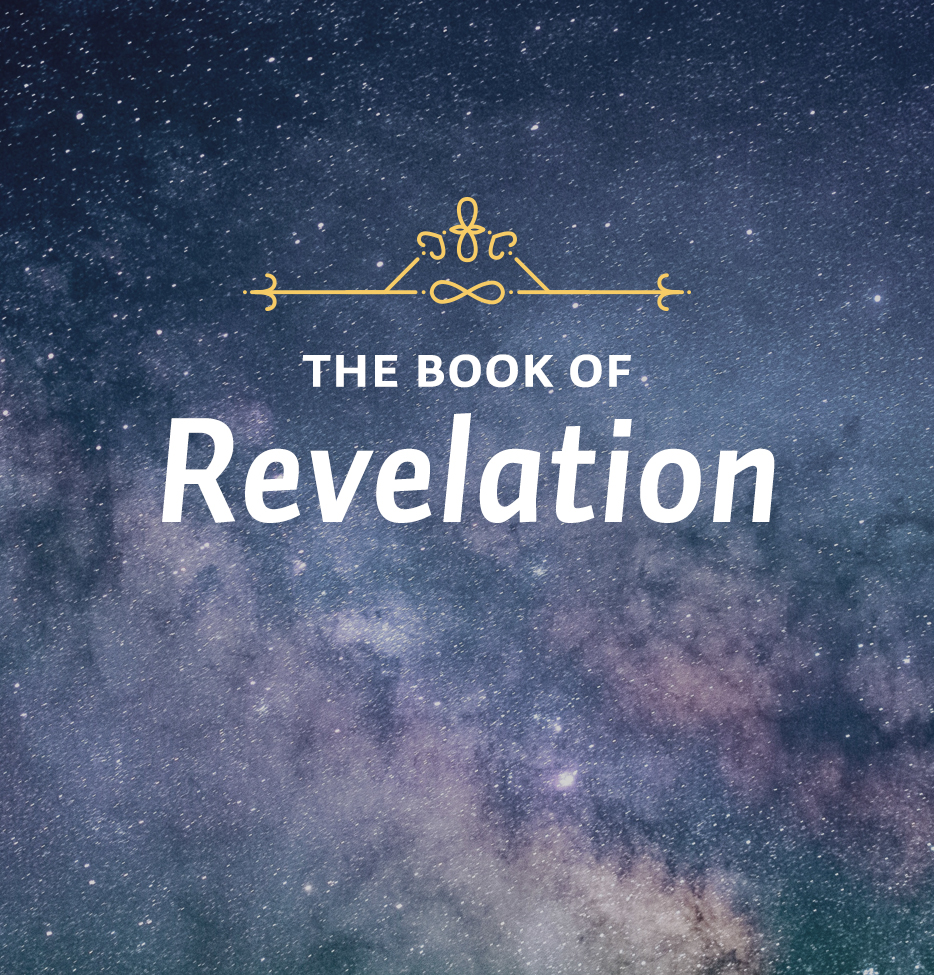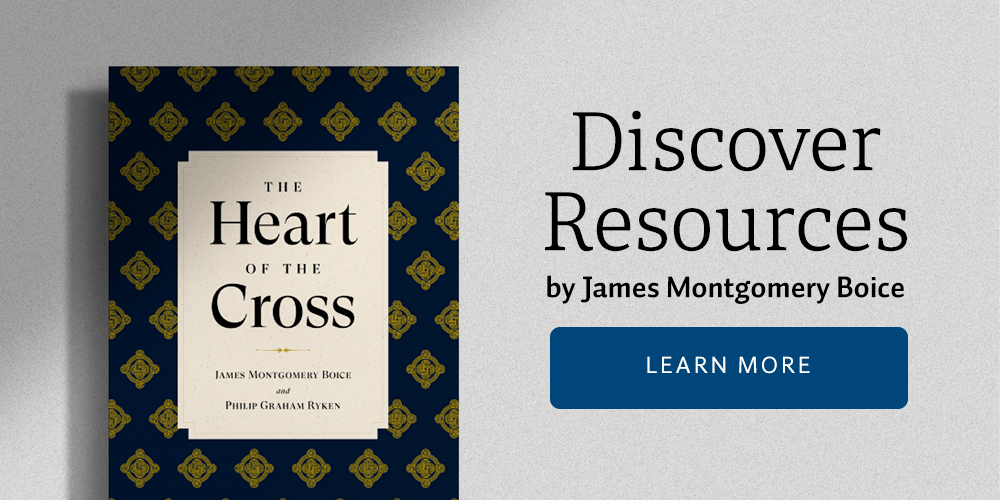When John Saw JesusRevelation 1:9-20Theme: The glorified Christ.This week’s lessons teach us who Jesus is and why he is to be worshiped. LessonThus far in our study of Revelation, most of what we’ve said has been introductory. However, we’ve come to verse 9, and here begins the first of the visions that form the heart of this difficult, but very intriguing book. Here is a vision of Jesus Christ. He’s standing in the midst of seven lampstands that represent the seven churches to whom the letters in chapters 2 and 3 are addressed. How are we to understand the vision, or any of the following visions for that matter? Or, if I could put it in other terms, how literal should we be? The standard rule of Bible interpretation is that you should always take a passage literally unless there is a clear reason for doing something else. In other words if you try to spiritualize or symbolize something that is intended simply as straightforward statements, then you end up distorting it.
In the case of this book, however, it needs to be inverted. In other words, we need to take this book as symbolic revelation unless there is an indication for taking it some other way. That’s because it is filled with visions. The Book of Revelation is a symbolized revelation or communication. John himself shows us at the very beginning that this is the way it should be understood.
John writes that Jesus “made it known” by sending his angel to his servant John. That is an English translation of a Greek verb, symino, which means “to make known,” but it also means “to signify” or “to communicate by symbols,” which is the case here in Revelation. In this chapter and in other places throughout, John is deliberately echoing language that he finds in the Old Testament prophets, particularly in the Book of Daniel. There are many, many echoes of Daniel in the Book of Revelation. And in this case, that word symino is there in the Book of Daniel, which John would have been aware of in its Greek translation. Daniel is speaking to Nebuchadnezzar, who has just had that dream of the great golden statue, and he’s explaining to him what it’s all about. In the second chapter, verse 28, Daniel says, “…There is a God in heaven who reveals mysteries. He has shown King Nebuchadnezzar what will happen in the days to come.” Those words, “He has shown” are, again, an English translation of that same word that John borrows here at the very beginning of Revelation. John is making a deliberate parallel between what he is about to write down and what is found in the Book of Daniel. God had revealed to Nebuchadnezzar what was going to come in terms of the sequence of empires leading up to the establishment of the Kingdom of Jesus Christ. But he didn’t do it in literal language. He did it by means of symbols. He signified it by this image of the great golden statue.
John, here in Revelation, is picking up the same thing. He is saying that he is going to present a symbolized revelation – the kind of thing we might see in a dream. And as reality, the thing that is real doesn’t exist in exactly the visual form in which it’s presented. That bothers some people because it sounds like, here, suddenly, you’re not taking the Bible literally. It’s the kind of literalism that is embodied and goes beyond the symbols. In other words, we’re dealing with a reality here that is greater than we can express in a simple, didactic kind of language. So, it’s communicated in symbols, in order to carry our minds to something greater.
Study QuestionsWhat is the standard rule of biblical interpretation?How should we view the Book of Revelation?Why is the message of Revelation presented in symbols?What Old Testament book has many structural ties to Revelation?
DefinitionSymino: To make known, to communicate, to signify.






